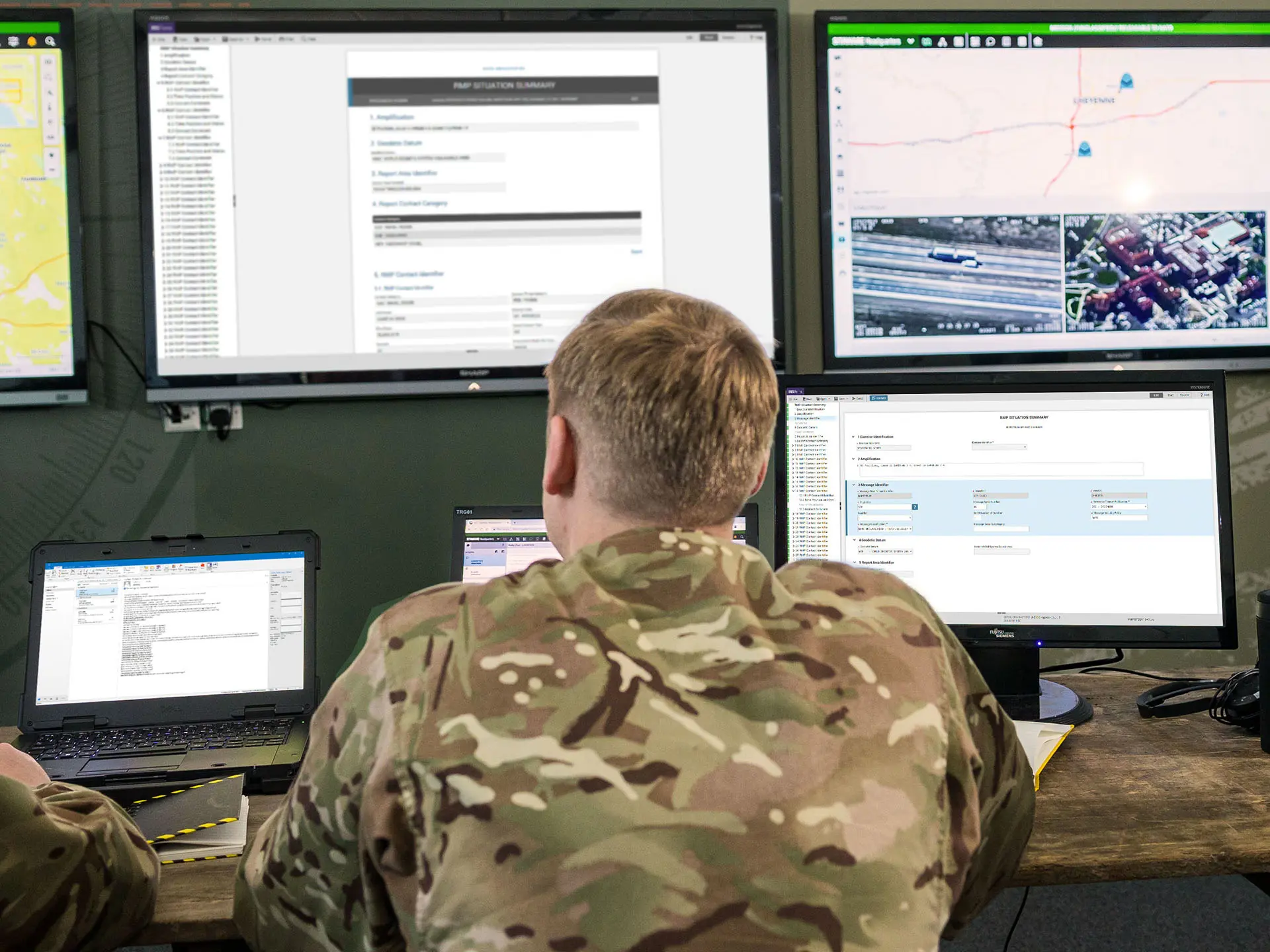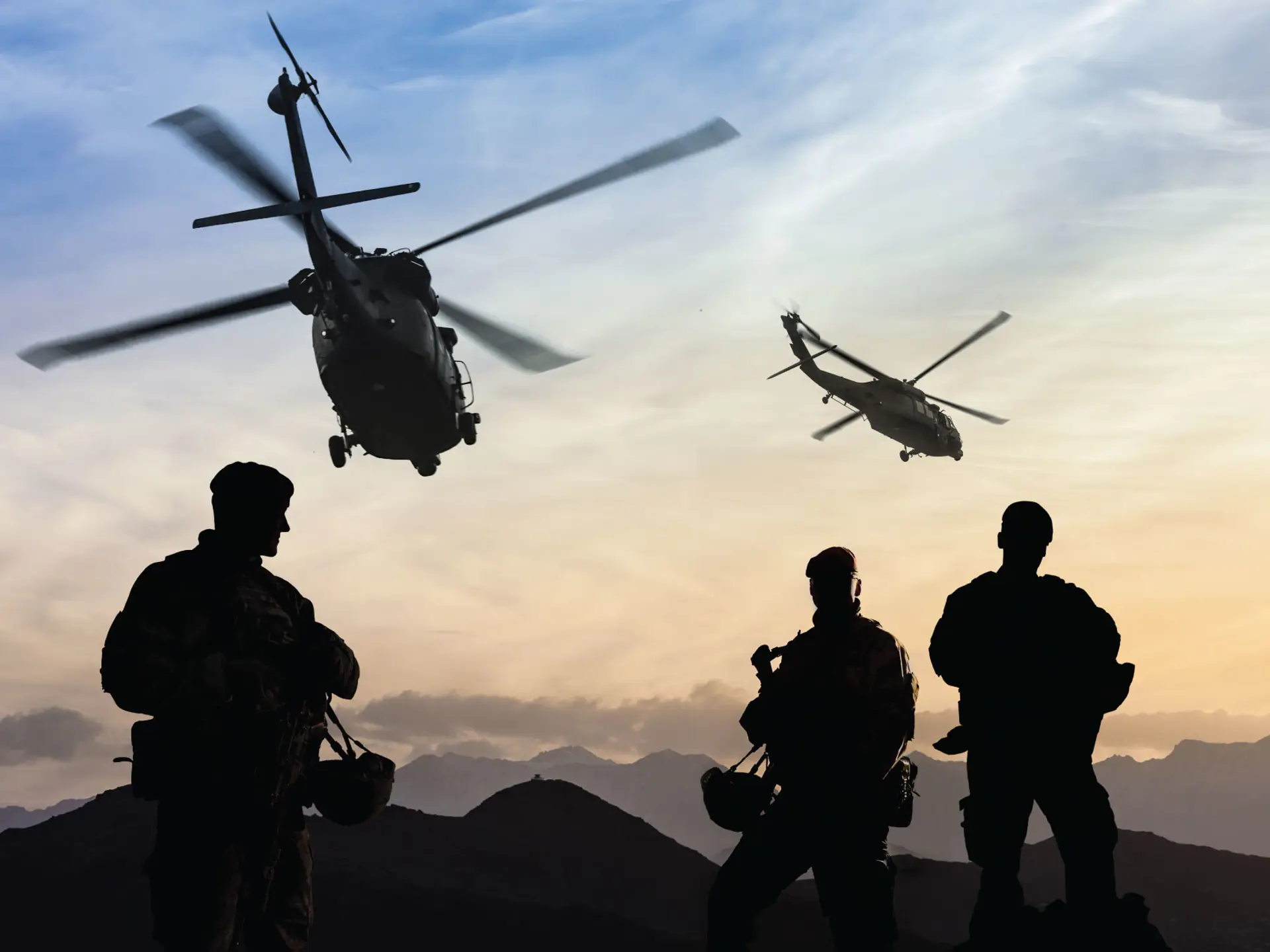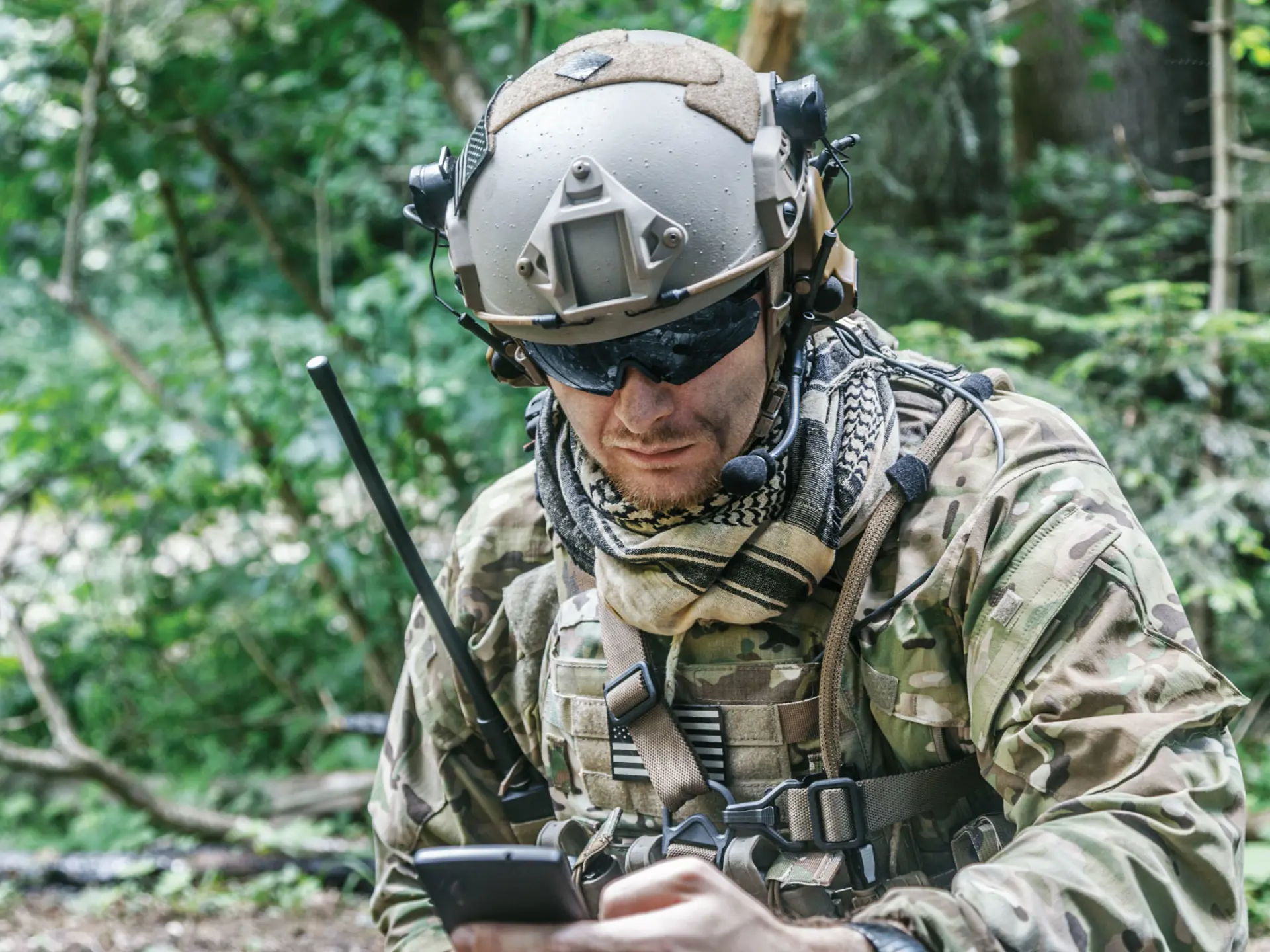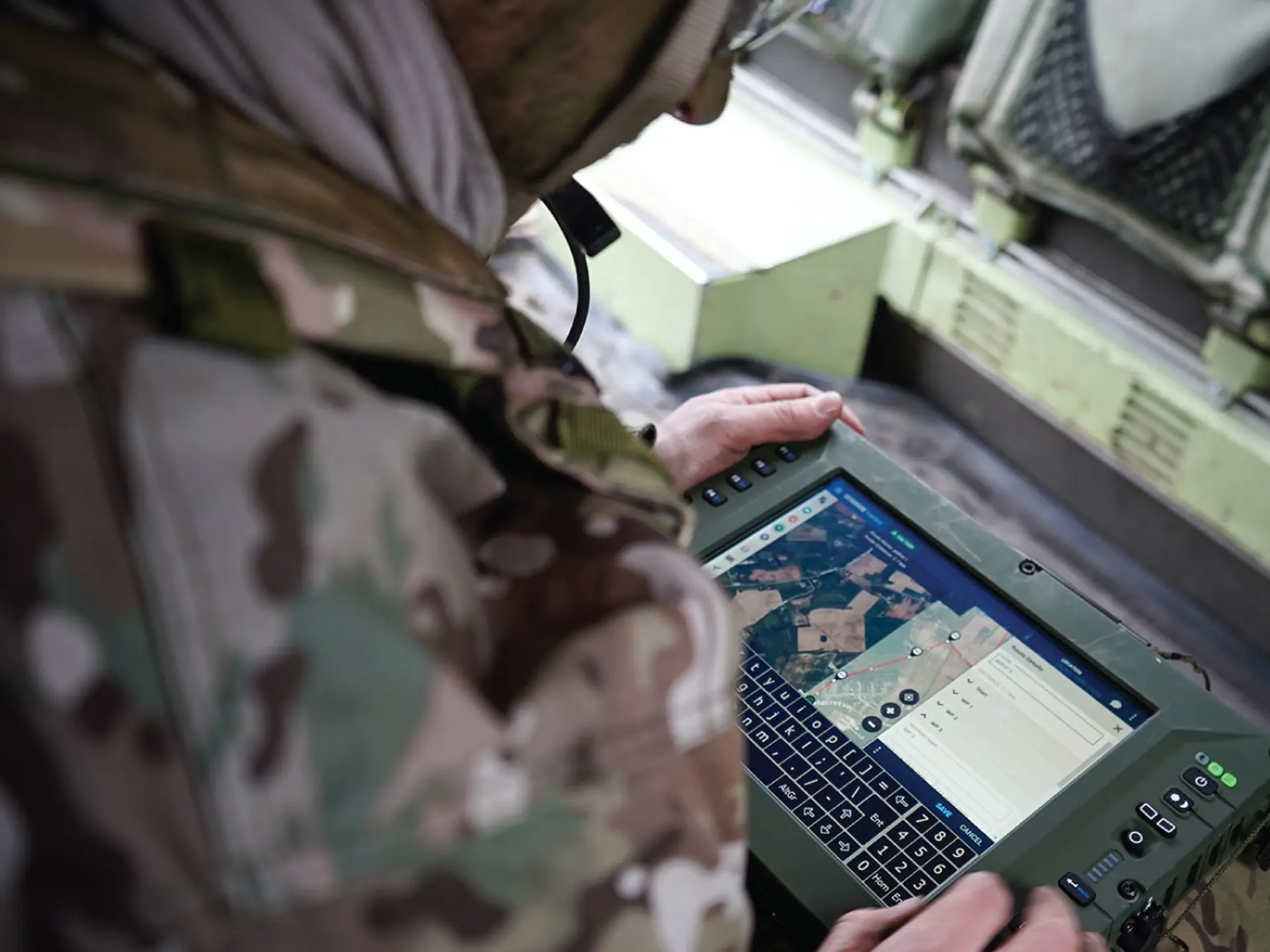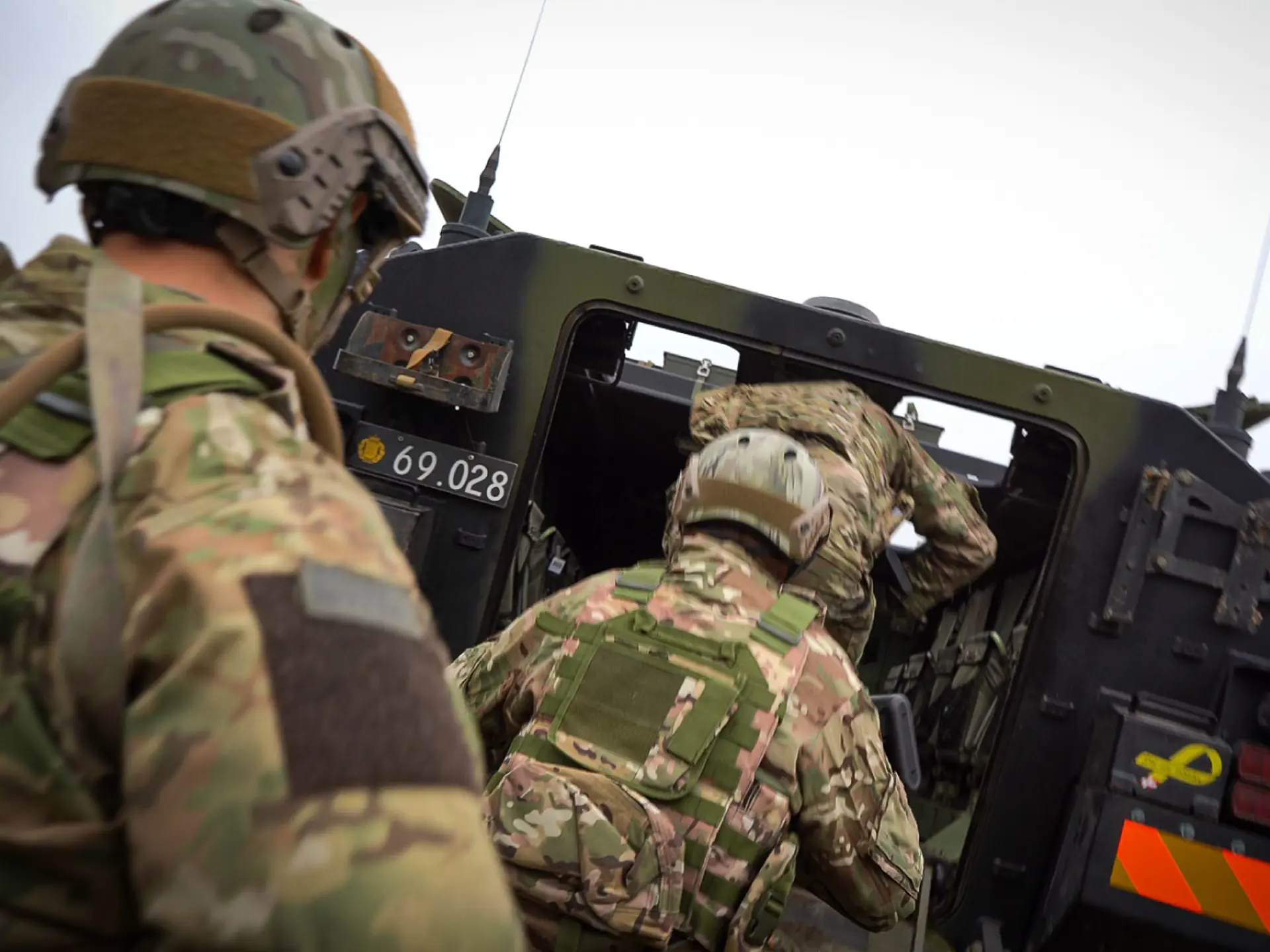
The USMTF standard is approved for use by all Departments and Agencies of the U.S. Department of Defense (DOD) and provides technical and management guidance for the U.S. Message Text Format (USMTF) programme. The rules of USMTF are very similar to the rules of ADatP-3 with only minor differences, and a number of messages have been harmonized. The USMTF standard was in fact developed first and then later adopted into the ADatP-3 standard.
Comprehensive catalogue of messages
Messages that conform to the USMTF rules are contained in MIL-STD-6040B USMTF Message Catalog currently with over 300 messages to choose from, and have a wide number of the information exchange requirements satisfied by Formatted messages, which are also referred to as Message Text Formats or simply MTFs. MTFs are only concerned with the information that needs to be communicated, presenting it in a logical, well specified and unambiguous layout. MTFs are unconcerned about the transmission medium (provided plain text can be passed) and, because of the highly efficient information payload-to-overhead ratio, can be transmitted as effectively over HF teletype or Fax as over the latest NEC networks. The content of the message catalogue has been developed by military operators who are experts in their field through a spiral process over the last 20 years. Messages are regularly maintained to keep pace with the latest tactics and doctrine. Some of the most widely used messages include the Air Tasking Order (ATO) and Airspace Control Order (ACO), OPTASK and OPSTAT messages, as well as logistics and the latest set of CBRN messages.
Development of the USMTF Standard
Up to 2008, the standard was called MIL-STD-6040 and dictated the use of slash delimited textual messages. Since 2008 the standard is called MIL-STD-6040B and USMTFs can either be represented as slash delimited textual messages or as XML messages, with a clear mapping between the two, making the message set Network Enabled Capability ready. Prior to 2008 the messages were only available as slash delimited textual messages. Since 2008, the message catalogue (the message definitions) is delivered as XML-MTF schemas. Prior to 2008 the message catalogue was distributed as textual reports, database backups and as proprietary Systematic IRIS mission files used by IRIS products. Prior to 2008, a new baseline was produced every year by March 31. The messages are now version controlled and are released upon approval by the USMTF Configuration Control Board (CCB). Allies will continue to receive yearly updates of the entire message catalogue. The updated rules contained in MIL-STD-6040 are delivered with the XML-MTF schemas.
Future of the standard
Legacy baselines known to be used in operational systems are 1998, 2000, and 2004. It is anticipated that USMTF 1998 will start to move to the periphery to be replaced by USMTF 2004 (particularly for air systems). USMTF 2011 is likely to be the first version of the US XML-MTF version of MIL-STD-6040B to be taken up as the underlying technical specification has started to gain stability. For information on USMTFs including how to obtain MIL-STD-6040B and the XML-MTF schemas, contact the United States Defense Information Systems Agency (DISA).
The public web site is www.disa.mil and search for USMTF.
